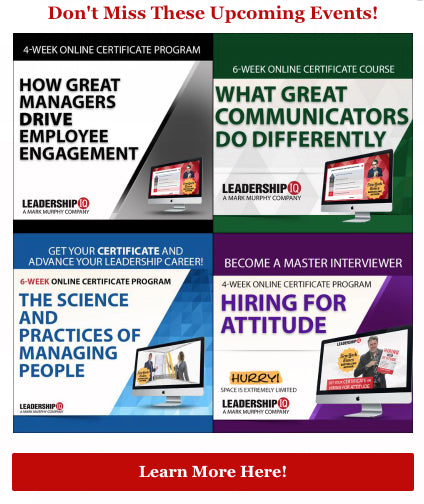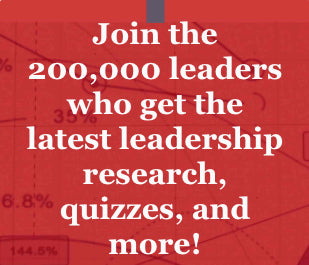Why Trying To Reach Consensus Can Make People Angry
This article originally appeared on Forbes by Mark Murphy, Founder of Leadership IQ
When I ask leaders how they like to make decisions, a large portion say they like to reach consensus.
But actually reaching consensus is hard and usually time-consuming. So it’s very easy for leaders to abandon it in favor of a seemingly faster and easier decision-making approach. And that’s when people start to get angry.
Let’s imagine that we convene a team to decide whether we should raise or lower prices on your best product. We have employees and colleagues that fall on both sides of the debate, and each camp is armed with equally persuasive data.
In cases like this, reaching consensus could involve hours, or even days, of discussion and debate. At some point, we’re likely to regret having convened this group, and in a fog of frustration, wonder if consensus is an unachievable fantasy (or at least not worth the pain).
It’s at this point that we’re likely to pound the table in anger and say “forget it, I’ll just make the darn decision myself!” And as soon as we do that, every participant who believed they had been brought in to reach consensus will feel like a promise has been broken and they’ll lose trust in our leadership.
Now, consensus can yield great ideas, widespread participation, and high levels of engagement. But if there’s any chance that we’re going to get frustrated or run out of time, and thus need to abandon consensus, we need to articulate that reality up front.
Don't miss Friday's live webinar Leading a Team Filled With Strong Personalities. (A recording option is also available).
Here’s one simple way to do that (this example presumes that you’ve already invited these people to a meeting and can’t re-architect the whole endeavor).
At the beginning of the meeting say:
“The purpose of the meeting is to decide whether we should raise or lower our prices. I know there are good ideas in all directions, so we’re going to take the next 90 minutes and flesh-out the pros and cons of each. Ideally, we’ll start moving towards a general consensus, and maybe even achieve one. But in the event we don’t reach a full consensus, then I’ll weigh all the options and make a decision using everyone’s input. This ensures that we get everyone’s best thinking, but also gives us an escape valve so we’re not trapped in this room for 8 hours straight.”
I call this approach “bounded consensus.” It’s a sincere attempt at consensus, but it offers leaders (and meeting participants) a way out in the event that true consensus proves elusive.
Again, I’m not saying you shouldn’t attempt true consensus; it can be great. But if you invite people to join in reaching a consensus, and then change directions capriciously, they’re going to feel at least a little betrayed. And that’s infinitely worse than telling them up-front that we’re going to try consensus for a bounded period of time and if it doesn’t work, we’ll try something else.
Finally, consensus is just one of many ways a group can make decisions. And while it’s terrific, it’s not the right approach for all situations. If you’re really not interested in consensus (or you’ve already made your decision), don’t feign interest in consensus. One of the reasons that consensus is so powerful is that you can end up with a decision no one anticipated. But if you’re truly not open to that possibility (and there are times when you won’t be), don’t waste everyone’s time faking consensus. Focus instead on building buy-in for the decision you’ve already made.
Written by Mark Murphy, founder of Leadership IQ, keynote speaker, leadership researcher, and developer of the online “Science of Leadership Academy.” Mark is the author of five books, including the New York Times bestseller “Hundred Percenters: Challenge Your People to Give It Their All and They’ll Give You Even More.” And his prior book,“Hiring for Attitude,” was chosen as a top business book by CNBC.







